Can Shimano succeed where others have failed?
We've already discussed the various purported benefits of the upcoming Dura-Ace Di2 group in detail...
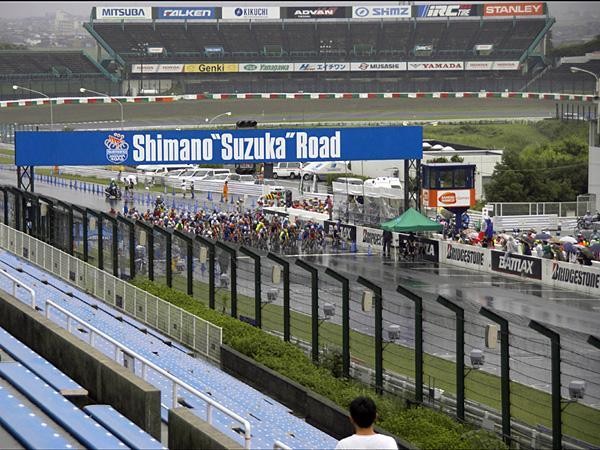

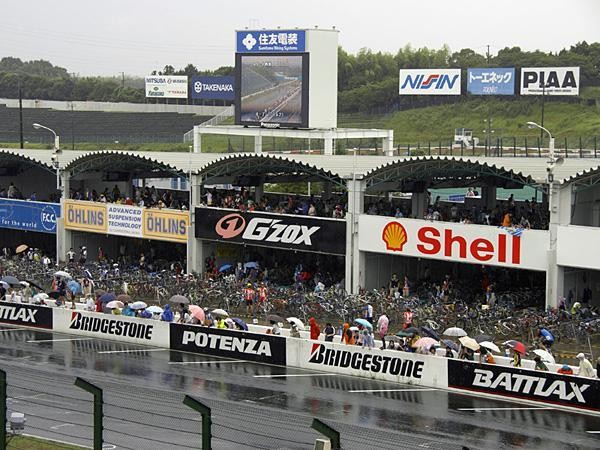
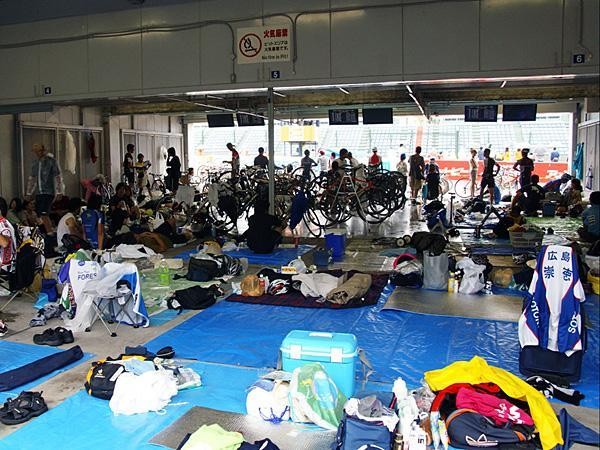
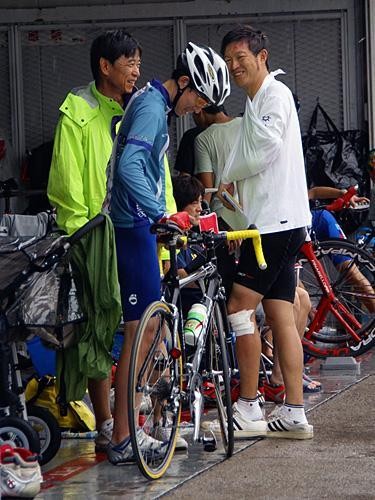



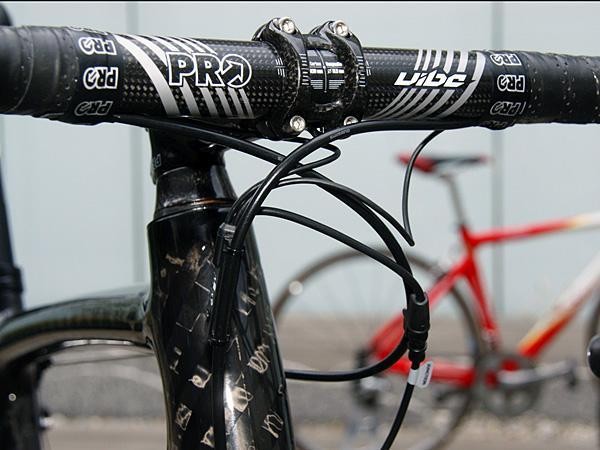
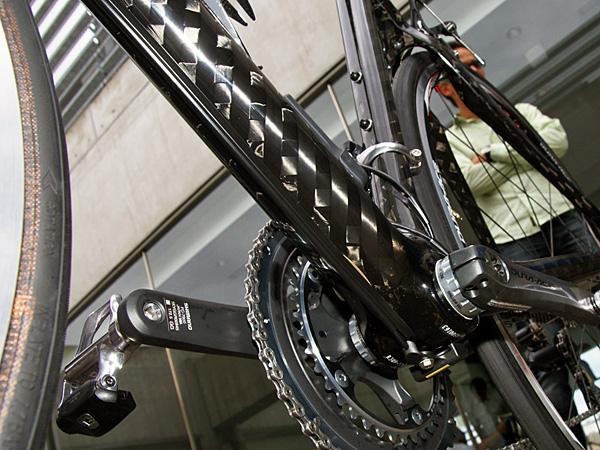
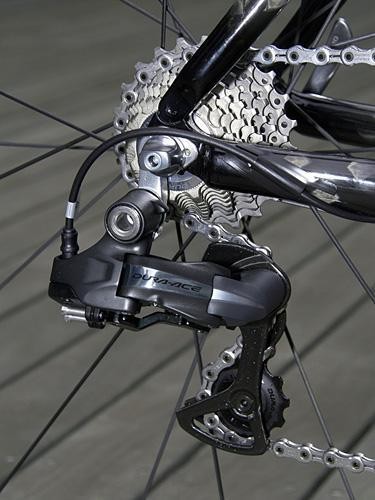
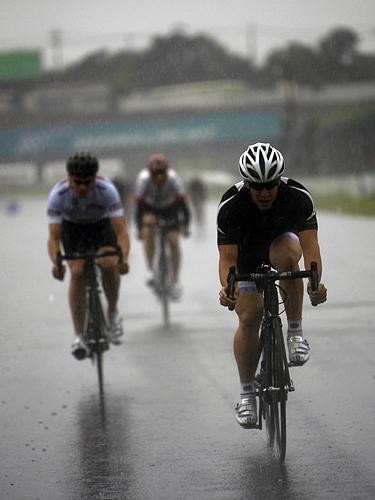


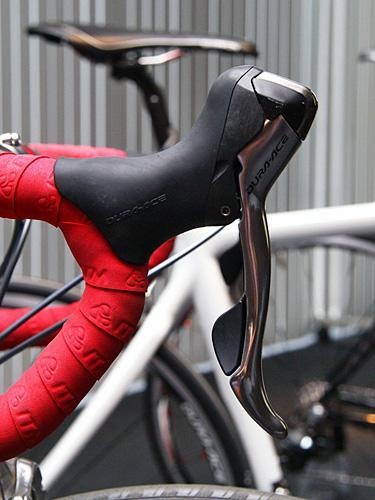
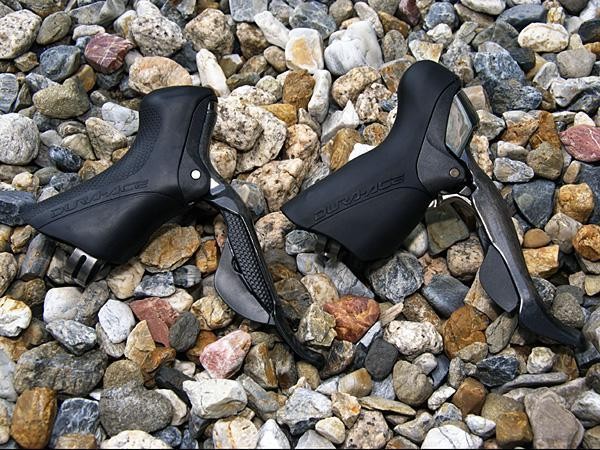
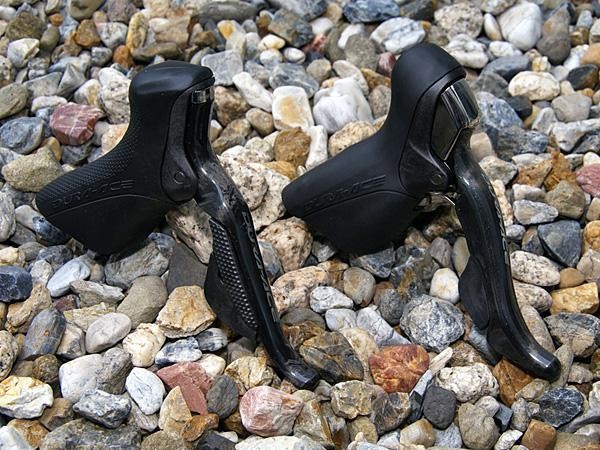
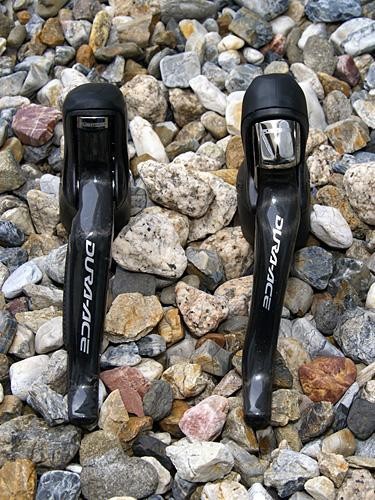



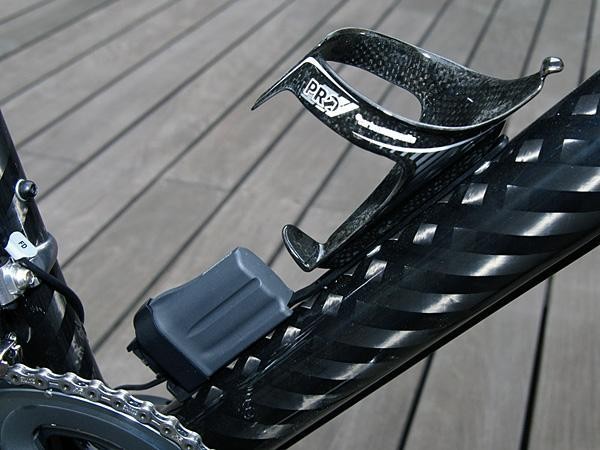

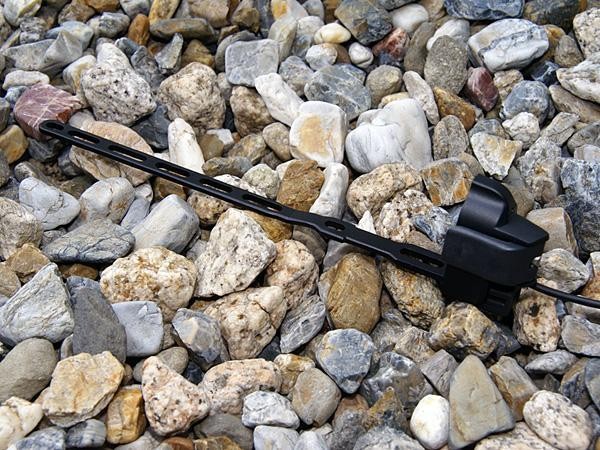

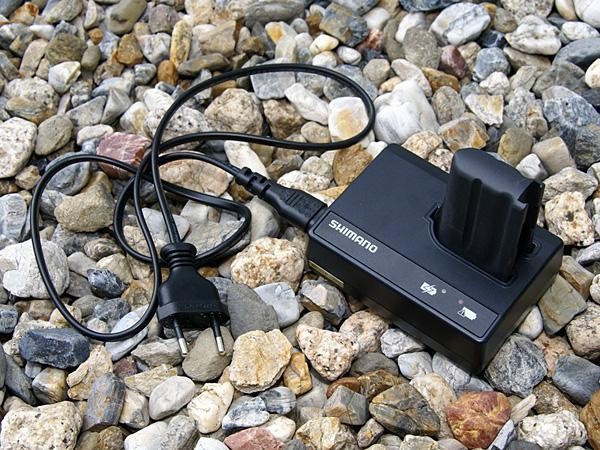
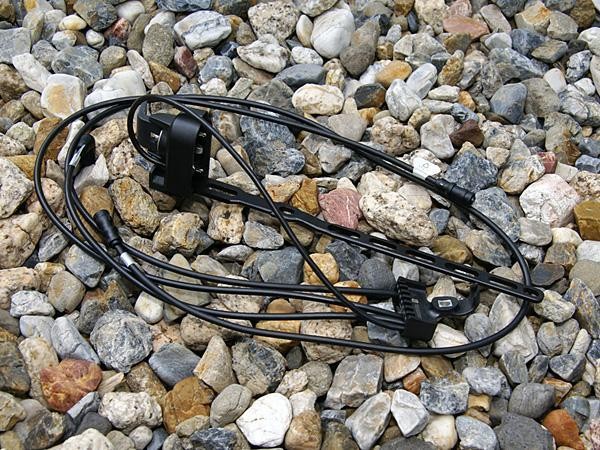

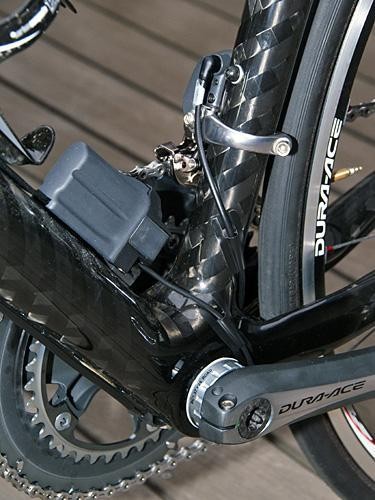


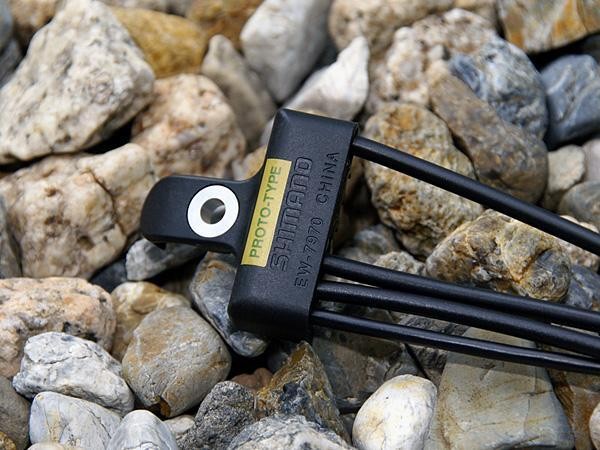
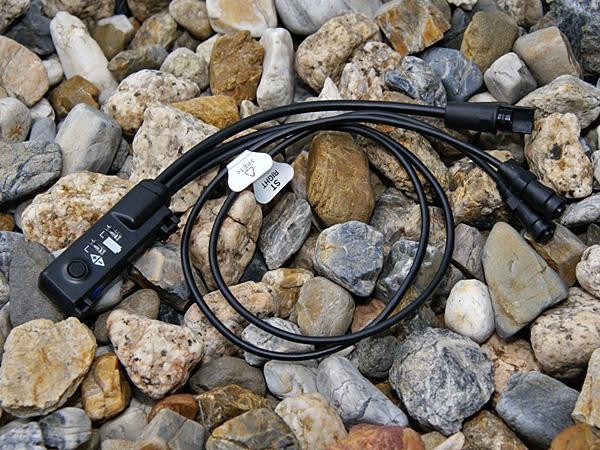
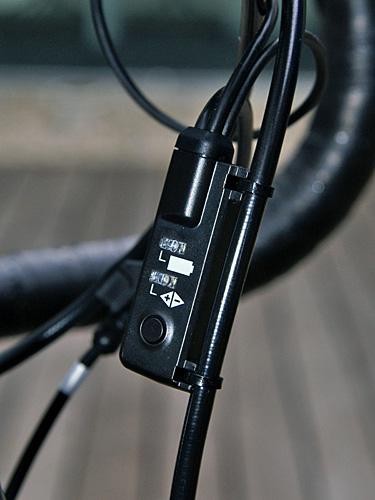

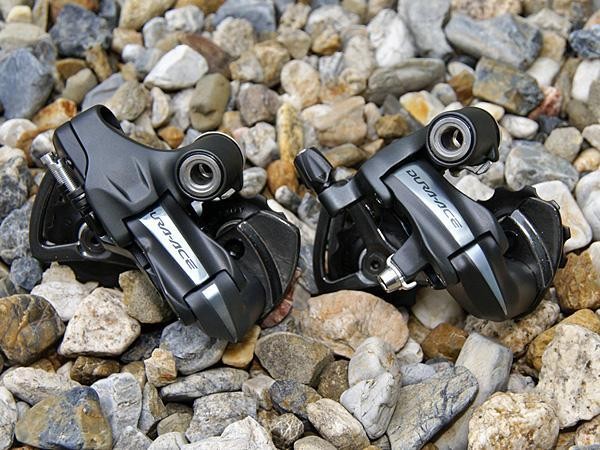
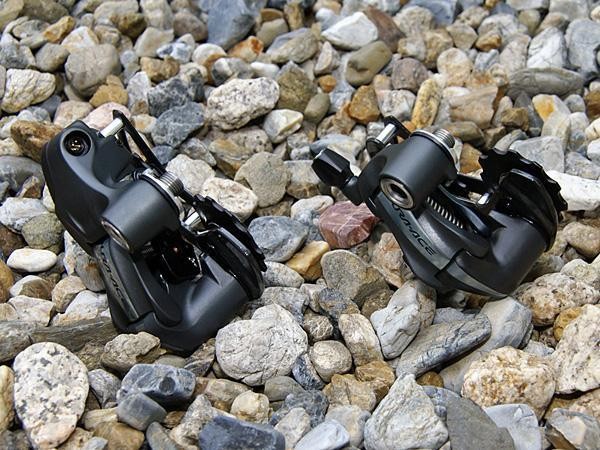
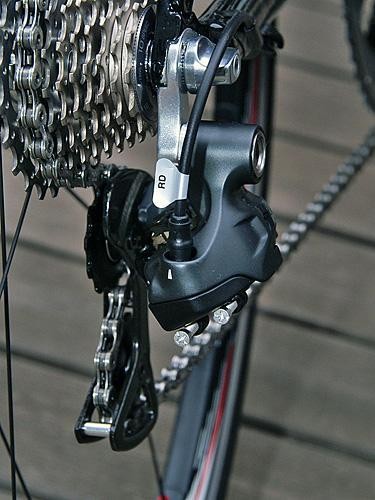


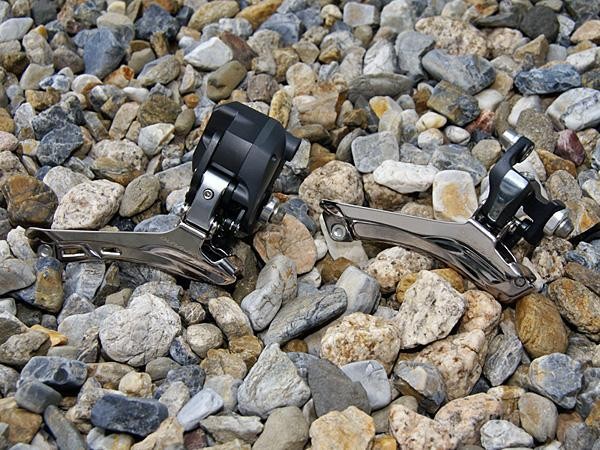
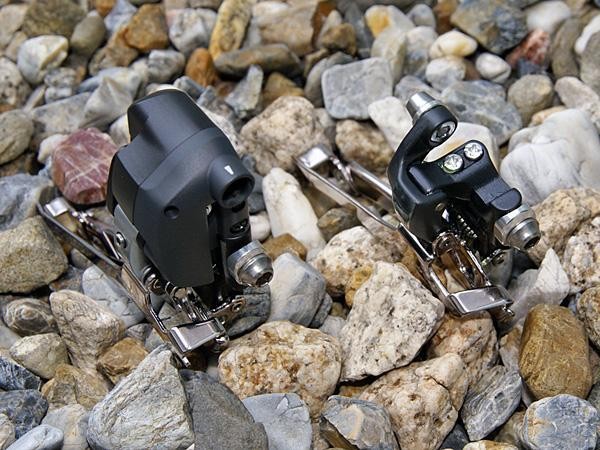

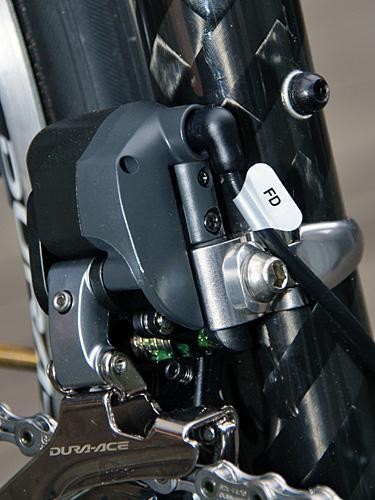




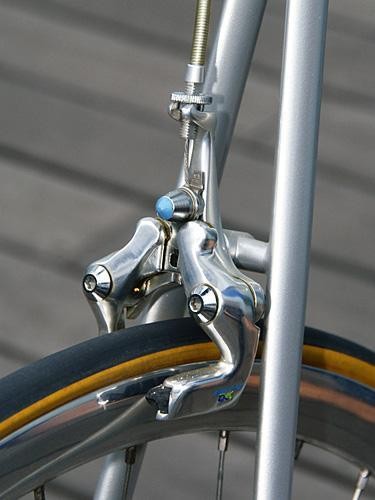
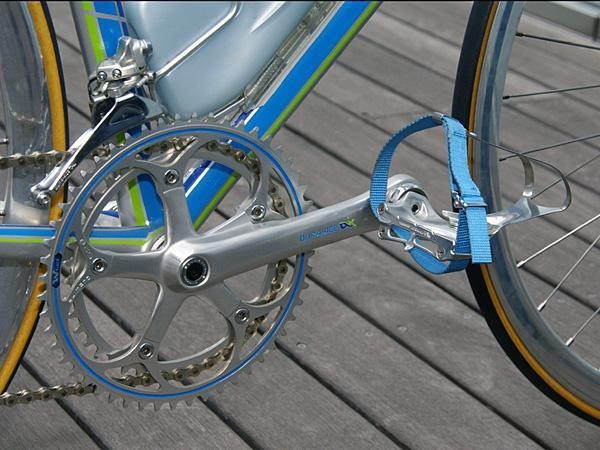






Tech feature: Shimano Dura-Ace Di2 introduction, August 31, 2008
Can Shimano succeed where others have failed?
We've already discussed the various purported benefits of the upcoming Dura-Ace Di2 group in detail so we won't bore you by repeating them again here. But to quickly recap, Shimano claims the shift-by-wire setup is effectively faster (we'll explain in a bit) and requires less effort, there's far less finger movement needed, and any performance degradation associated with cable housing wear or contamination is completely eliminated (as Shimano puts it, "the input always equals the output").
Yet in spite of Di2's compelling features, Shimano's foray into the world of electronically-controlled shifting has expectedly been met with much skepticism. Armchair critics cite the idea as a solution to a problem that doesn't exist, an unnecessary engineering exercise, a concept that is surely destined for spectacular failure. And let's not even get into the rash of jokes posted all over the internet which, to put it lightly, have been plentiful.
Be that as it may, virtually all of these detractors have one thing in common: none of them have actually ridden the stuff yet.
As such, we accepted Shimano's invitation to test Di2 at the legendary Formula 1 race circuit in Suzuka City, Japan in conjunction with the company's 25th running of the massive Shimano "Suzuka" Road event. And even better, Mother Nature saw fit to provide buckets of driving rain. Game on.
Zoom zoom
The latest race content, interviews, features, reviews and expert buying guides, direct to your inbox!
Say what you will about the idea of electronically controlled shifting but there's no hiding the fact that Di2 is jaw-droppingly smooth. Granted, we've made similar comments before but now even standard 7900 almost seems clunky in comparison and SRAM's top-tier Red group just can't compare in this regard. Simply put, our early indications suggest that Di2 ushers in a level of shifting precision and refinement that has been heretofore wholly unheard of at the upper echelons of the market. A bold statement indeed.
Tech-savvy readers will argue that 7900 uses the same highly refined system of pins, gates, and ramps as Di2 so one wouldn't expect much of a difference. But while the mechanical drivetrain is just as capable of knocking off similarly smooth shifts under ideal conditions, Di2 makes nearly every shift so dead-on perfect that it's almost eerie. Instead of forcing the chain on to larger cogs or rings at less-than-ideal times as we often do with mechanical shifting, Di2 basically only shifts at the designated gate and it seems to hit its mark almost every time.
Front shifts in particular are remarkably well controlled. While 7900 opts for a slightly wider front derailleur cage to eliminate the need for trim, Di2 sticks to a narrower dimension for more precision and squelches the rub by automatically tweaking the position depending on rear gear selection.
For example, when in the inner chainring and largest rear cog and then shifting to the outer ring, Di2 first adopts an intermediate position that allows the chain to cleanly grab the ring without overshifting and then finishes the rest of the movement just afterward so as to eliminate cage rub. In this instance, the CPU also quickly realizes that you're now in a cross-gear combination and then readjusts the cage back inwards a hair to squelch rub on the inner cage, just as you would do yourself. Likewise, the reverse happens when shifting in the opposite direction. Clever.
Unlike mechanical systems though, even rear shifts use a two-step motion, at least for upshifts. In this case, the rear derailleur actually overshoots slightly so as to grab the smaller cog a little more quickly and then tweaks the cage back over to quiet things down.
Just to clarify, Di2 doesn't technically shift the chain from cog to cog faster than 7900; since shifts are now even more dependent on the location of the timing gates on the cogs and chainrings it's arguably a bit slower if anything. However, the time savings come more in the reduced delay from lever input to derailleur output. It's a subtle difference for sure but one that's tangible nonetheless (again, don't scoff until you've ridden it).
Multiple shifts honestly surprised us. While we were expecting them to be more cumbersome as there's no built-in mechanism do so, the button throws are so short that you can rattle off as many shifts as you want with little issue. Galaga champions: your time has come.
As intelligent as it is, Di2 can still be confused but you really have to ride it as if you're intentionally trying to break it. Like if you dumped six gears in one direction and then went three gears in the opposite direction before the system had completed the first set of commands. While out of the saddle and in a full sprint. And shifting up front at the same time.
Of course, that scenario is purely hypothetical because we're far too responsible to even dream of treating a test bike this way…
Lay your hands on me
Somewhat surprisingly, the Di2 Dual Control levers are markedly different in feel and shape from 7900: they're smaller in girth and slightly more rounded. According to Shimano, 7900's bigger dimensions were dictated by engineering requirements (and therefore not entirely by choice) as the shifter guts were relocated into the body.
On the other hand, Di2 had no such restrictions so its shape is more in keeping with Shimano's ideal. Even so, it thankfully still retains the flatter perch that we found so welcome with 7900 so it's still a notable improvement over 7800's ergonomics. Unlike earlier prototypes though, our pre-production test samples ('pre-production' in Shimano terminology means the bits were made on final production tooling but just hadn't gone through the quality control process yet) omitted the small LCD displays for gear selection and battery power; that space is now reserved for the optional FlightDeck computer modules.
Button placement, however, leaves something to be desired. Although one button per lever wears a distinct texture on its surface, they're still hard to differentiate in the saddle even with bare fingers (let alone with full-finger gloves) and they're almost wholly lacking in tactile feedback of any sort when pushed.
Moreover, though they're offset fore-aft and side-to-side and also rather elongated, they're still arguably too small and seem far too close together. Even as seasoned Shimano users, we mis-shifted Di2 with alarming frequency (albeit with stunning precision).
Unfortunately, not only do the same problems exist when your hands are in the drops but new ones crop up. The fore-aft offset is a reasonable approximation of mechanical STI levers while in the hoods (really, it is; go check out your current Shimano setup) but down below you can't simply reach a finger out to flick the very tip of the brake lever anymore. The downshift button doesn't reach down that far and you have to curl your finger upward to reach it. Last we checked our fingers didn't bend that way all that easily and we're willing to bet that yours probably don't, either.
To be fair, we weren't able to spend nearly as much time on Di2 as we would have liked and many of our lingering questions will have to wait until proper test samples begin arriving in a few weeks' time. Nevertheless, if there's a mental adjustment period required with Di2, we didn't reach the end of it during this trip. Even so, the button actuation doesn't seem terribly intuitive and considering Shimano's engineers probably could have put the buttons virtually anywhere, the final locations seem to be needless analogues of the mechanical system that unfortunately didn't translate as well as they should have.
Our limited time also provided little real world information on battery performance although the fact that it didn't immediately roll over and die in the pouring rain was encouraging.. Shimano's own "conservative estimate" says the 7.4V Li-ion battery will run for at least 2000km per charge and will withstand 500 charge cycles before exhausting its usable life. However, Shimano also had no answer for us on exactly how many shifts it estimated would be made during those 2000km and the LED battery indicator provides only a relative approximation of remaining charge rather than a more informative absolute display.
Wave of the future or stuck in the starting gate?
Cyclists are undoubtedly a funny lot. While the majority of us have heralded the rise of fancy carbon frames, new metallic alloys and other tech-heavy developments, the idea of using something other than a comparatively ancient steel cable running through a plastic-lined housing strikes most of us as anathema for whatever reason (and let's not even get into the discussion of how we're still clamping on those scandium-enhanced rims with small blocks of rubber).
Think of it this way: in this day and age, how many of you would agree to revert back to non-power assisted steering or brakes in your car? Or alternatively, take a look at the specs for your automobile's throttle system to see whether it's controlled by a few strands of cable or a copper wire carrying a bunch of electrons back and forth. You might be surprised.
Shimano naturally has remained steadfast in the position that its new SEIS (Shimano Electronic Intelligent System) technology not only offers more performance than traditional cable-actuated transmissions but that electromechanical designs have the potential to eventually take over mechanical systems altogether someday. While the new Di2 initially strikes us as an impressive package that could perhaps benefit from a few relatively minor ergonomic changes, the shifting performance is undeniably superior so Shimano's long-term vision might hold merit if it's willing to see it through.
Even Shimano might not be able to overcome one of the concept's inherent drawbacks though. Much as automakers have struggled with this on their end of things (especially with power assisted steering), there's an inherent tactile disconnect in an electronically controlled system that can be so critical especially at the enthusiast end of the spectrum. Di2 is incredibly fast and precise but when it comes down to it, there's no real feedback in your hands as far as what's going on in the drivetrain and any sort of device that could be built in to offset this would invariably add weight to the system.
Then again, the added performance might just trump everything. Computer-controlled paddle shifters have undoubtedly removed some of the driver interaction in Formula 1 as compared to standard manuals but if you ask Renault driver Fernando Alonso (who won at the Suzuka circuit the last time the series visited here in 2006) which he prefers, the answer will probably be rather direct: "Which is faster?"